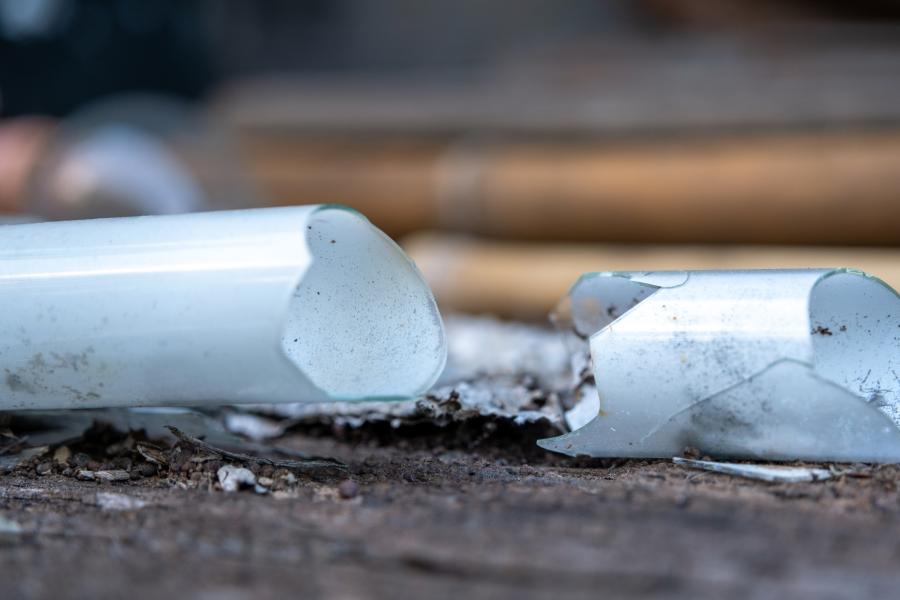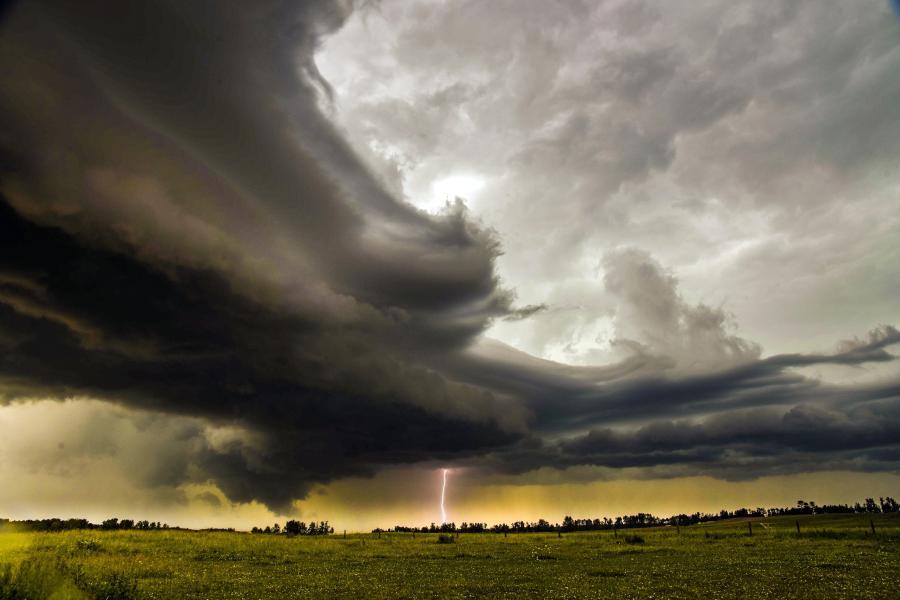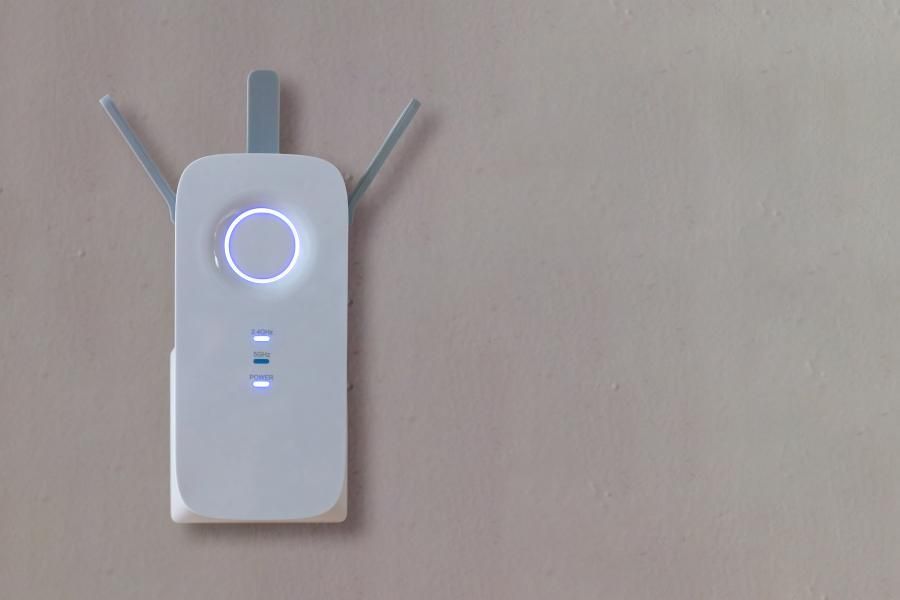
The Safe Way to Handle Broken CFL Bulbs
Broken CFL bulbs often cause immediate panic from exposure to the mercury contained in them and the possible adverse health effects. So how dangerous really is a broken CFL bulb?
According to Clean Air Expert John Roberts “Any level of mercury exposure carries potential health concerns, but due to the small amount of mercury and short duration of exposure, a broken CFL is not likely to present any significant risk to you or your family.”
"You're talking under 5 milligrams of mercury," he said. "That figure won’t mean much to people, so to put it in perspective: if you think about the mercury thermometers that I grew up with, it's less than 1 percent of the amount of mercury that was in one of those thermometers."
Although the average 4 milligrams of mercury per bulb is already a fairly small amount, some CFL manufacturers are reducing mercury content even further. The average mercury content in CFLs dropped at least 20 percent in recent years, and some manufacturers have reduced mercury to as little as 1.4 to 2.5 milligrams per light bulb.
Earth911.com offers the following tips for cleaning up a broken CFL Bulb:
Before Cleanup
Have people and pets leave the room. Air out the room for five to ten minutes by opening a window or a door.
Turn off the forced heating and air system in the room if you have one.
Use stiff paper or cardboard, sticky tape, damp paper towels or wet wipes (for hard surfaces) or a resealable plastic bag.
During Cleanup
Do Not Vacuum - Vacuuming is not recommended unless broken glass remains after all other cleanup steps have been taken, as doing so may spread mercury-containing powder or mercury vapor.
-
Thoroughly scoop up glass fragments and powder using stiff paper or cardboard.
-
Use sticky tape, such as duct tape, to pick up any remaining small glass fragments and powder.
-
Place the used tape in the glass jar or plastic bag.
-
Place cleanup materials in a sealable container.
After Cleanup
Promptly place all bulb debris and cleanup materials, including any vacuum cleaner bags used, outdoors in a trash container or protected area until materials can be disposed of. Avoid leaving any bulb fragments or cleanup materials indoors.
If weather and other conditions allow, continue to air out the room where the bulb was broken and leave the heating and air conditioning system shut off for several hours (a study conducted by the journal Science of the Total Environment found that the critical exposure period passes after four hours).
Our top concern is the safety of our customers and their loved ones. For more electrical safety tips contact the experts at John's Electric.



